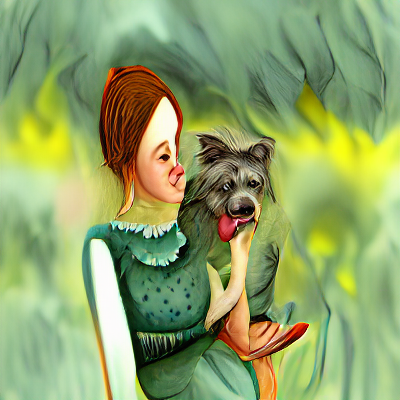
20 Aug How to Keep Your Dog From Licking Their Wounds
How to Keep Your Dog From Licking Their Wounds
Dogs frequently sustain wounds. And regardless of how little or bad their wound is, dogs will invariably insist on licking it.
It’s a frequent myth that allowing dogs to lick at wounds will be helpful and speed up healing. Although there is some truth to this, excessive wound licking in dogs as a whole can lead to a variety of issues.
Here is some information on why dogs lick their wounds, how to prevent it, and how to determine whether your dog’s wound has gotten infected.
Why Do Dogs Lick Their Wounds?
To assist relieve the pain and suffering, dogs lick their wounds often. The brain is overstimulated when a wound is licked, which might help block pain for a while. This is comparable to how people rub or hold their wounds.
Dogs utilize their tongues as the only means of self-soothing because they lack hands to massage or hold their wounds.
Dogs lick their wounds to remove dirt and bacteria, which is another cause. Dog saliva has some minor antibacterial capabilities, according to studies. The impact is minimal, though, because it only works against Streptococcus canis and Escherichia coli. 1
Therefore, even while licking may only minimally reduce these two types of bacteria, the wound may begin to overgrow with additional germs. Since dog saliva ultimately does not assist in cleaning or healing the wounds, it is advisable to discourage dogs from doing so.
Methods to stop dogs licking their wounds
Elizabethan collar
When you are outside, bandages should always be covered to prevent them from becoming wet; but, once inside the house, waterproof covers must be removed to allow the wounds to breathe.
Historically, an “Elizabethan collar” in the form of a cone has been used to cover wounds. But they can be frightening for animals, especially at first, and a big dog running around with an Elizabethan collar might hurt the owner’s shins as well as damage the house.
The most recent see-through versions work better since they are frequently utilized to stop wound damage or bandage removal.
When the collar is fastened around the neck, its edge must be just above the point of the snout. Some animals respond better to soft versions, and you may utilize them wide end first by turning them around to cover a body wound.
Clothing
Sometimes all you need to keep your pet comfortable and diverted from a wound is a plain t-shirt. Sometimes you require a bit more tailored clothing. Fortunately, customized attire for your dog can really prevent them from licking their wounds; it’s not simply a fashion statement.
The variants on this garment, which are also known as surgical recovery suits or recovery shirts, are practically limitless, ranging from:
- Soft cotton to vinyl that is waterproof
- Zippers to straps
- From the top to the bottom just
- Cone-compatible with standalone wearables
Boots or Bandages
Depending on the size of the dog, bandages or boots may be fitted, as well as creating a “body tube” out of leggings or a T-shirt.
Boots come in a variety of styles that you may purchase. Others are flexible balloon-style items that fit over the paw and others have laces.
Although gaffa (or gaffer) tape is easier to remove cleanly than duct tape, it should never be applied directly to skin or fur. It may also be used to wrap wounds. To adhere directly to hair or skin, you can use surgical tape, which is sold at most pharmacies and is often simple to remove after being soaked in surgical spirit.
If there are open wounds, change bandages often, generally every two to three days, as directed by your veterinarian. If there is swelling or stiffness, if the bandage smells, or if your pet starts using their limb less frequently over time, call your veterinarian right once.
You may also use anti-lick strips and sprays, however some owners find them less effective in stopping licking and most cannot be put directly to wounds. For sensitive animal nostrils, their odor can often be unpleasant.
Inflatable Pet Collar
Both you and your dog may find them to be much handier. When wearing them, dogs are less likely to knock things over, collide with household objects less frequently, and accidentally wander into humans, not injuring them with a hard plastic cone. The drawback of them is that they could not work on dogs who are particularly flexible or determined, or if the lesion is on the paw.
Ant-lick strips or spray
Both pet stores and your veterinarians sell anti-lick strips and spay procedures, both of which can be quite effective.
In order to reduce any potential adverse effects and leave your dog with simply a naturally disagreeable taste that they rapidly learn to avoid, try to locate anti-lick strips or spray with natural chemicals.
The application is simple, and it may be used on wounds other than those on the legs or feet. Some canines don’t mind the taste and keep licking their wounds.









No Comments